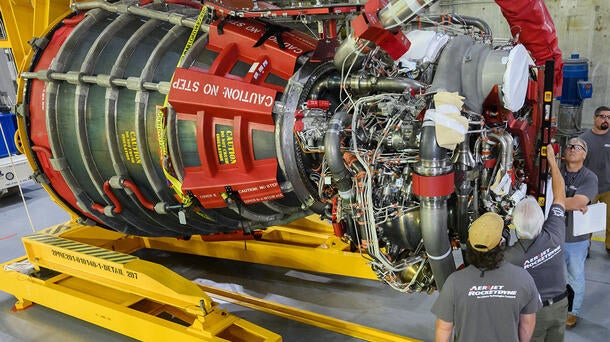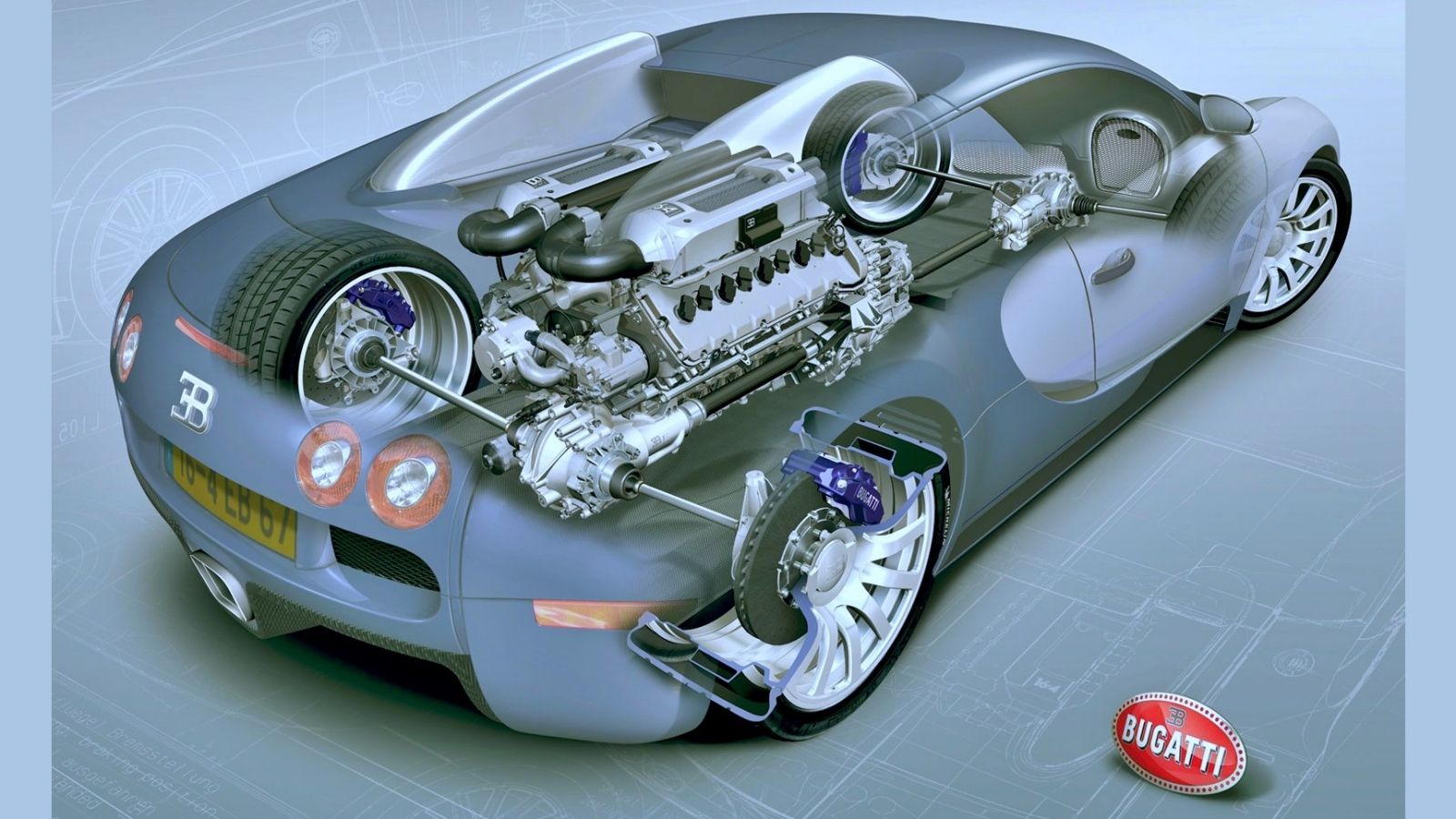The Pursuit for Ultimate Driving Power: Examining the Pinnacle of Engine Efficiency and Technological Advancements in the Automotive Field
In the world of auto design, the search of maximum driving power has been an unrelenting quest that has unfolded with the development of engine design and the integration of advanced technologies. From the precise workmanship of combustion engines to the fast innovations in electric propulsion systems, the auto sector stands at the cusp of a brand-new age identified by extraordinary efficiency capacities.
Evolution of Engine Style

Additionally, the combination of turbocharging and supercharging modern technologies has reinvented engine layout by improving power without significantly increasing engine dimension. These forced induction systems press the intake air, enabling more gas to be combusted, therefore generating higher power output from a smaller engine. This development has actually been specifically essential in boosting the performance of smaller displacement engines while keeping fuel efficiency criteria.

Performance-Enhancing Fuel Technologies
The application of advanced fuel technologies has considerably added to improving engine performance in modern-day lorries. From standard gas and diesel to cutting-edge biofuels, synthetic gas, and hydrogen, the automobile sector is seeing a transformation in gas choices. Biofuels, stemmed from eco-friendly sources like corn, sugarcane, or algae, deal enhanced and lowered emissions engine performance. Synthetic gas, produced through chemical procedures, provide high octane scores, improving power result. Hydrogen gas cells, although still in the onset of fostering, show wonderful promise due to their zero-emission nature and potential for high performance. Furthermore, gas additives and detergents are being formulated to tidy engine components, maximize burning, and decrease friction, thereby increasing general car performance. With ongoing r & d, the quest for the utmost driving power proceeds, as designers strive to open the complete potential of performance-enhancing fuel innovations in the auto industry.
Innovations in Electric Propulsion
Significant strides in electric propulsion modern technology have actually transformed the automobile market, leading the way for a new era of reliable and lasting transportation. Electric automobiles (EVs) are acquiring popularity because of their ecological advantages and advancements in battery innovation, making it possible for longer driving varieties and much shorter charging times. Suppliers are spending heavily in r & d to enhance the performance of electric propulsion systems, concentrating on raising power result, enhancing power efficiency, and decreasing general weight.
One noteworthy advancement in electrical propulsion is the growth of innovative electric motors that deliver greater torque and power thickness, leading to improved velocity and general driving efficiency. In addition, regenerative braking systems have actually been refined to catch and store power throughout deceleration, additional boosting the efficiency of EVs.
Furthermore, the combination of wise innovations, such as synthetic knowledge and anticipating analytics, is optimizing the administration of electric propulsion systems, making sure ideal performance under various driving problems. These innovations in electrical propulsion are improving the vehicle landscape, driving the sector towards a more lasting official source and energized future.
Effect of Computational Liquid Characteristics
With improvements in electrical propulsion pressing the boundaries of vehicle technology, the assimilation of Computational Liquid Dynamics is playing a pivotal function in maximizing wind resistant efficiency and boosting total performance in vehicle layout. Computational Liquid Dynamics (CFD) entails the use of computer system simulations to examine the flow of air around a lorry, allowing designers to forecast exactly how layout adjustments will certainly influence aerodynamics without the demand for pricey physical prototypes. By accurately modeling air flow patterns, CFD permits the improvement of automobile shapes to minimize drag, boost air conditioning, and improve security.
CFD allows engineers to enhance air movement around parts such as radiators, engine bays, and read the article wheel wells, adding to boosted performance and general driving experience. In conclusion, the combination of Computational Fluid Characteristics represents a significant step ahead in the mission for ultimate driving power and efficiency in the auto sector.
Future Patterns in Engine Advancement
In the vibrant landscape of vehicle design, cutting-edge advancements are shaping the future trajectory of engine development. The future of engine style is marked by a strong emphasis on effectiveness, performance, and sustainability. Makers are progressively focusing on creating engines that not just deliver high power results however likewise focus on ecological obligation by enhancing and reducing emissions fuel performance.
One famous trend in engine technology is the increase of electrification. Hybrid and electrical powertrains are acquiring grip as sensible choices to typical burning engines. These innovations offer the potential for considerable reductions in carbon discharges and raised energy effectiveness, lining up with international efforts to fight environment modification.
Furthermore, innovations in materials scientific research and manufacturing strategies are allowing the manufacturing of lighter and a lot more sturdy engine elements. This shift in the direction of lightweight materials such as carbon fiber and aluminum alloys adds to improved efficiency and gas economic climate.
Verdict
In final thought, the search of utmost driving power in the vehicle market remains to drive advancements in engine design, fuel innovations, electric propulsion, and computational fluid characteristics. The advancement of these modern technologies is shaping the future of engine technology, leading the way for extra effective and effective automobiles (engines for africa). As the market continues to push the borders of what is possible, we can anticipate to Full Report see even extra cutting-edge developments in the pursuit for peak performance
One of the key turning points in engine design development is the transition from conventional carbureted engines to contemporary fuel-injected systems. By exactly metering the fuel delivery to each cyndrical tube, fuel-injected engines optimize combustion, resulting in much better efficiency and lowered environmental influence.
Moreover, the integration of turbocharging and turbo charging innovations has changed engine layout by improving power without considerably boosting engine size (engines for africa).The implementation of sophisticated gas modern technologies has dramatically added to boosting engine performance in modern vehicles. Furthermore, gas additives and cleaning agents are being formulated to clean engine elements, enhance burning, and lower rubbing, consequently increasing total car efficiency
Comments on “Engines for Africa: Your Ultimate Vehicle Parts Store for Quality Car Components”